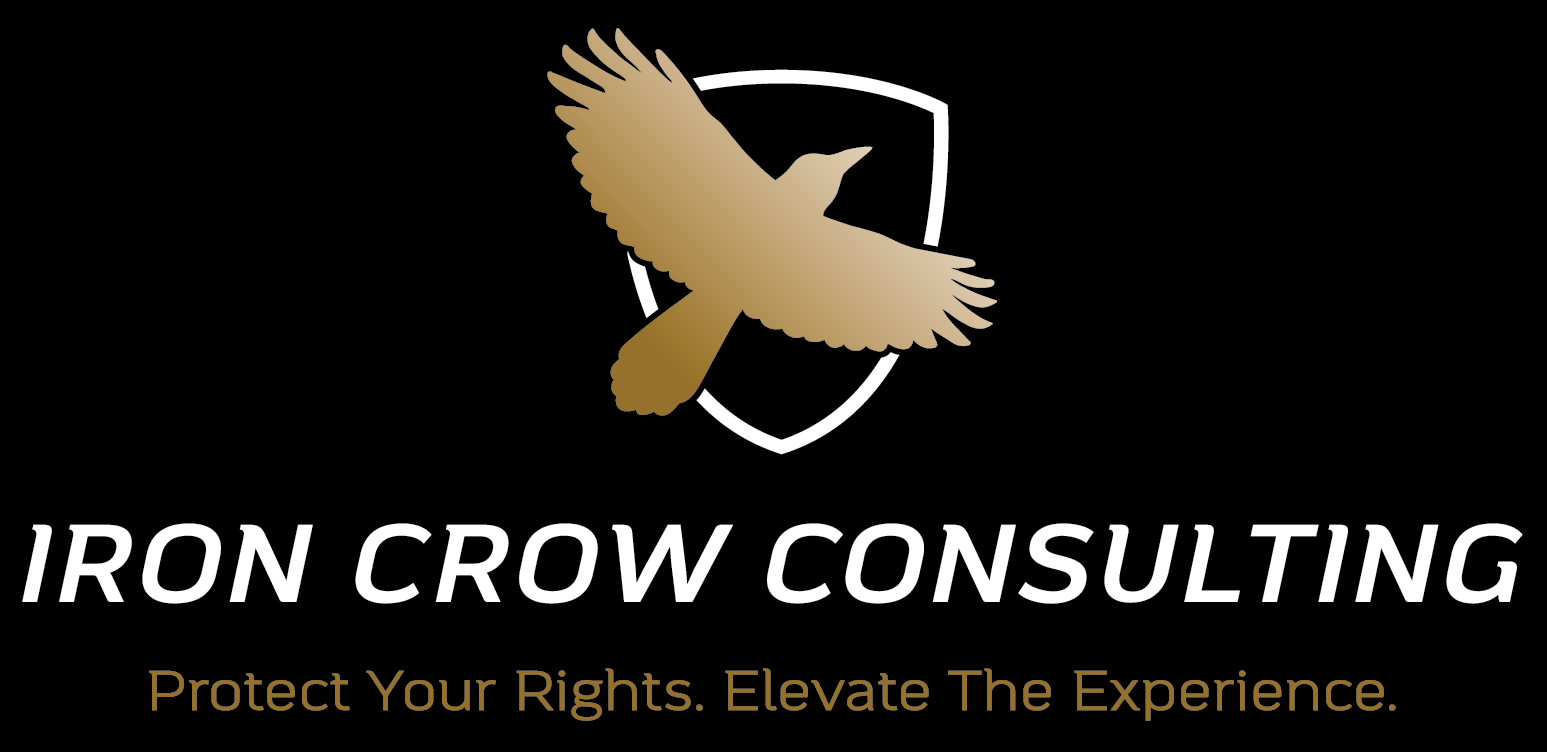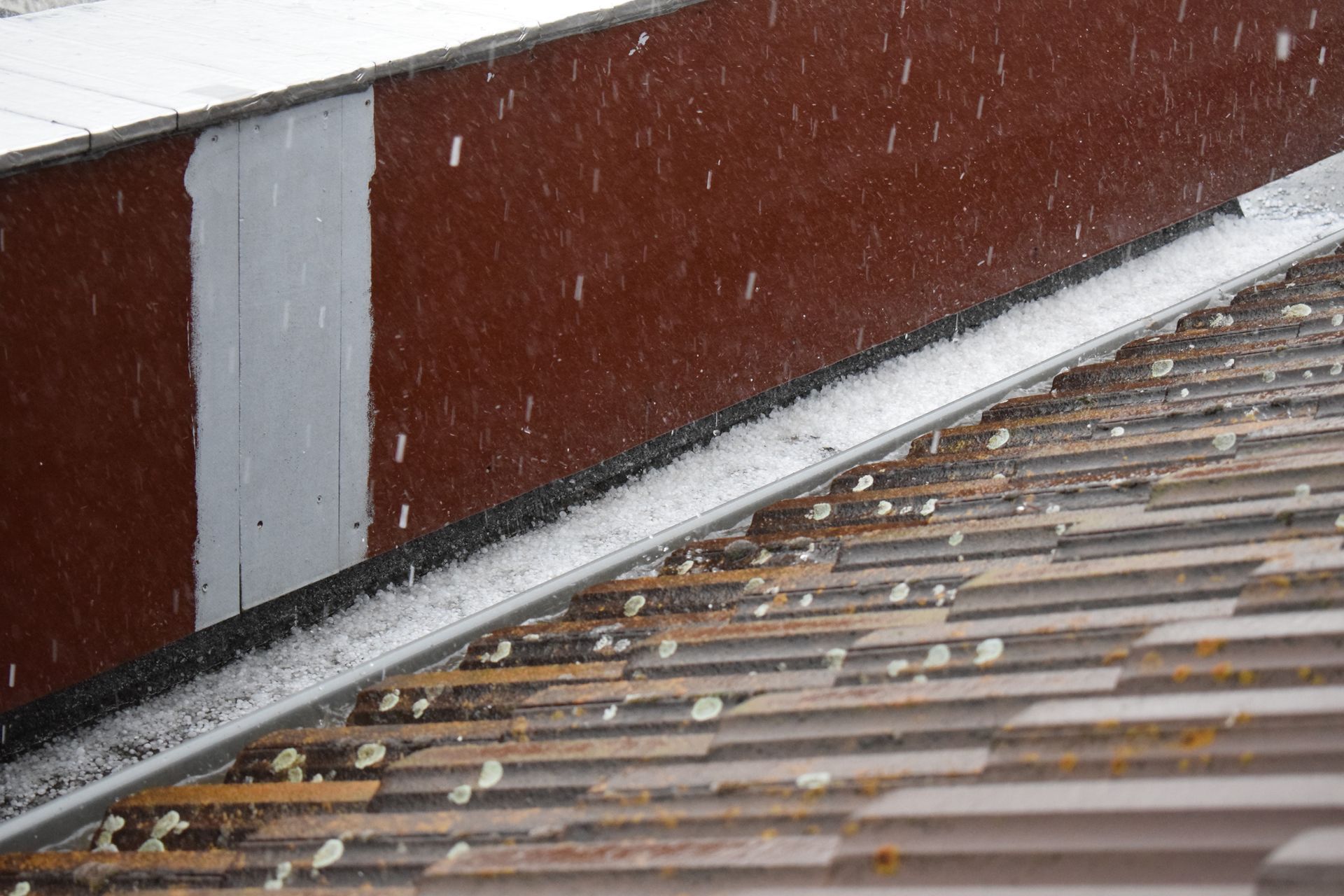TX Agency: 2994670
Practice Area
Hail Damage
Filing a hail loss insurance claim involves addressing damage caused by hail to property, such as homes, vehicles, and other structures. Hail can cause significant damage, including dents to vehicles, shattered windows, and damage to roofs or siding. The process for handling a hail loss claim is similar to other types of property insurance claims but with particular attention to the unique aspects of hail damage. Here's an overview of what the process typically entails:
Immediate Aftermath
1. Document the Damage: As soon as it's safe, take comprehensive photos or videos of the hail damage. This documentation is crucial for the insurance claim and should include all affected areas and items.
2. Temporary Repairs: If necessary, make temporary repairs to prevent further damage. This might include covering broken windows or holes in the roof. Keep receipts of any repair expenses, as they may be reimbursable under your policy.
3. Review Your Insurance Policy: Familiarize yourself with your insurance coverage, deductibles, and any specific clauses related to hail damage. This knowledge will help you understand what damages are covered and prepare you for discussions with your insurance company.
Filing the Claim
4. Notify Your Insurance Company: Contact your insurance provider as soon as possible to report the hail damage. Most policies require prompt reporting of damage to be eligible for coverage.
5. Prepare for the Adjuster’s Visit: The insurance company will send an adjuster to inspect the damage. Before the adjuster arrives, have your documentation ready, including any photos of the damage and a list of affected items.
Assessment and Processing
6. Adjuster's Inspection: The insurance adjuster will examine the hail damage to determine the extent and estimate the repair costs. It's beneficial for you to be present during the inspection to point out all damage and discuss your concerns.
7. Estimates for Repair: You may need to obtain repair estimates from licensed contractors to submit to the insurance company. These estimates should detail the scope of work and the expected cost of repairs.
8. Claim Review: The insurance company will review the adjuster’s report alongside your repair estimates and policy details to make a decision on your claim. They will consider the type of coverage you have, your deductible, and any limits on your policy.
Resolution
9. Resolution Offer: Once the review is complete, the insurance company will propose a resolution to cover the repairs or replacement of damaged items, minus any deductible you owe.
10. Claim Dispute: If you disagree with the resolution offer, you can dispute the claim amount with your insurance company. This might involve providing additional documentation, hiring an independent adjuster for a second opinion, or negotiating with the insurance company.
11. Repairs and Replacements: After the resolution is agreed upon, you can proceed with the repairs or replacement of damaged property. It's important to use reputable contractors and keep receipts for all work done, as your insurance company may require them for reimbursement.
Considerations
- Policy Review: Prior to any future hail damage is a good time to review your insurance policy with your agent to ensure you have adequate coverage for future incidents and understand any changes that might be beneficial based on your recent experience.”
Filing a hail loss insurance claim can be a detailed process, but understanding these steps helps ensure you are adequately compensated for your loss and can restore your property to its pre-loss condition.
Contact us
(254) 766-2769
INFO@IRON-CROW.COM
2775 Villa Creek Drive, Suite B219,
Farmers Branch, Texas, 75234
TX Agency: 2994670
Business Hours
- Mon - Fri
- -
- Saturday
- Appointment Only
- Sunday
- Closed
Iron Crow Consulting
This website has been built to be accessible for all users. If you experience any difficulty in accessing this website, please contact us for assistance.



